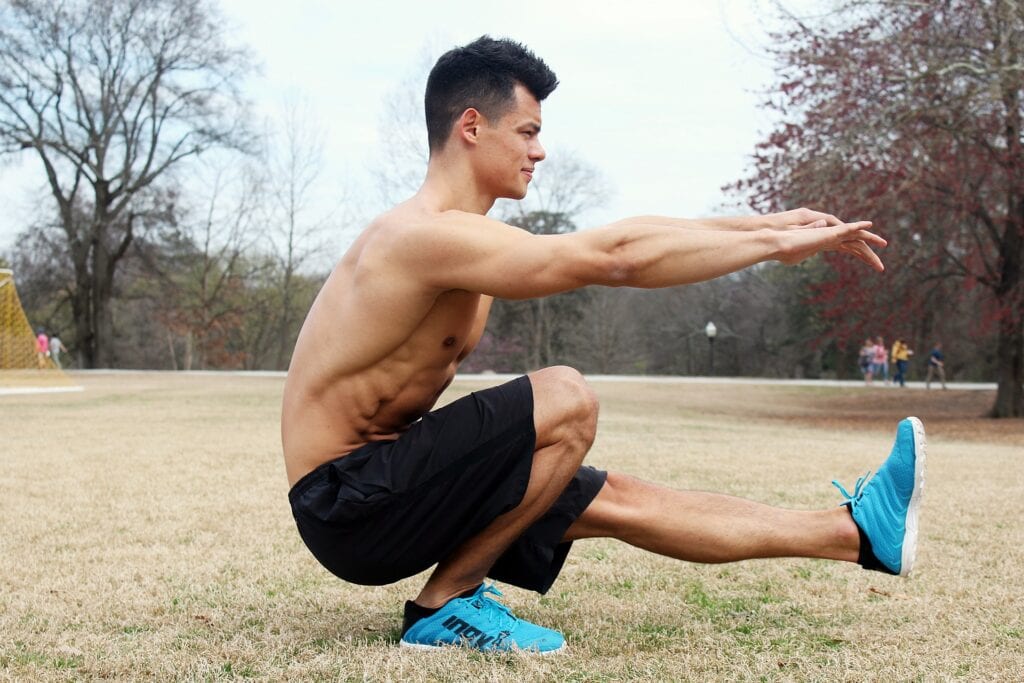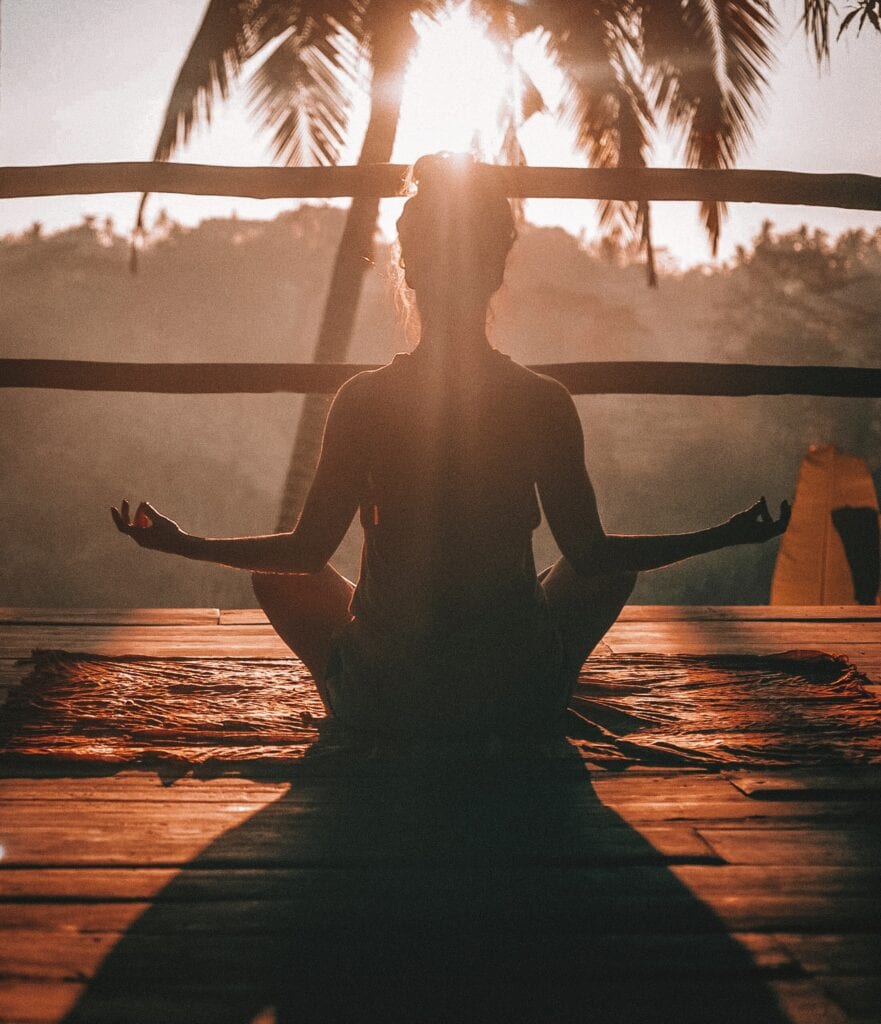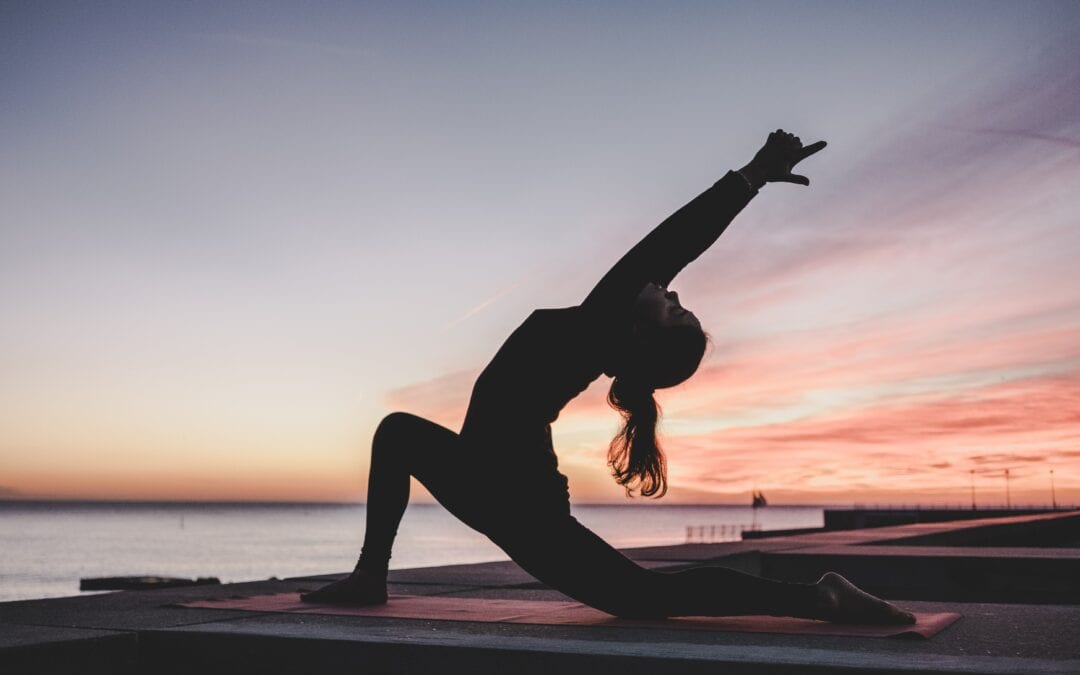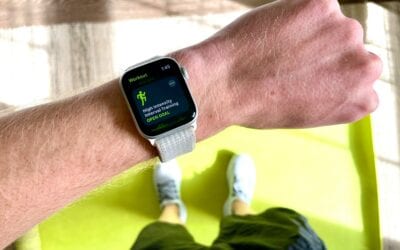|
|
Many of the people who pursue a digital nomad lifestyle are looking for a better balance between “working” and “living”. This is often accompanied by a desire for a healthy mind and body. So, maintaining a good exercise regime is also usually a high priority for digital nomads.
But that doesn’t mean that it is easy.
Between hours sat in front of a computer, days in confined transit that makes movement difficult, disruption to your routine, and finding yourself in a corner of the world without access to the sophisticated equipment that you are accustomed to using “back home”, you can quickly find yourself falling out of shape.
But it doesn’t have to be difficult to maintain a healthy exercise and movement routine as a digital nomad.
Read our guide for integrating exercise and movement into the digital nomad lifestyle.
Take Control of your Exercise Habits

Maybe you had no problem sticking to an exercise routine back home. It was a habit that was part of your schedule. Wake up in the morning, you go for a run. After work, you head directly to the gym. Every Sundar morning, yoga class with friends.
But when you change your environment and change your schedule, habits lose their potency. It is triggers in our environment that make habits stick. When you are no longer waking up at the same time, in the same place, and doing the same things, your brain and body will no longer default to “now is the time to exercise”. Instead, you might find yourself wanting to roll over and go back to sleep in the morning, or head out for a drink on a Monday night.
Don’t beat yourself up about this. You haven’t lost your drive or motivation; this is just how habits work. So, you may need to go back to square-one as far as your exercise schedule is concerned so that you can create new habits for your new environment and lifestyle.
So, start by carving our workout time and make it an appointment in your schedule that is non-negotiable.
Make this process as easy on yourself as possible by choosing the time of day that you feel most energetic and when exercising is most convenient. For many people, the most convenient time is first thing in the morning. But not everyone is a morning person, so if it’s not for you, choose another time.
Find Accessible Exercise

Depending on where in the world you find yourself, you may be lucky enough to have access to great gym and fitness equipment, or classes given by fantastic teachers. But this often isn’t the case.
You may find that your local gym only has a couple of treadmills and a bench press. Or maybe it is great, but an opening membership is a minimum of a year and you are only in the city for three months.
When you are a digital nomad, access to equipment and classes just isn’t certain, so you need to have a plan for what you can do when these things aren’t available.
If you are a runner, you can take the to street and this is a great way to explore the area. But if you lift (as you definitely should), you are going to need other options.
You can replace weighted resistance training with bodyweight training to enhance your strength and physique.
If you aren’t a bodyweight training expert, fortunately (largely thanks to the pandemic) there are literally thousands of resources available that share routines and teach you how to work your body with little or no equipment.
Browse for YouTube videos, apps, and other content that feature the words “bodyweight exercise” and “callisthenics” to find the best options.
We love:
- Project Calisthenics – The Simonster is a world leader in bodyweight training who has put together a variety of bodyweight strength programmes for different fitness levels. Gain access with the FIT! App, which also incudes mobility for calisthenics programs, which are a nice compliment.
- Sweat – A group of five female fitness gurus sharing equipment-free routines. Take on HIIT with Kayla Itsines, try equipment-free resistance training with Kelsey Wells, and yoga with Sjane Elise.
- The Vertue Method – Australia fitness guru Shona Vertue combines resistance, cardio, yoga, and meditation for a workout that is good for the body and mind, great for relieving muscle strain from sitting all day, and designed to “future proof” your body.
- All/Out Studio – This app developed by the team at Men’s Health has a great library of guided workout programs designed to shred with no or minimal equipment.
Once you find some programs that you like, you’ll be able to exercise the way you want, wherever you are, without the need for equipment.
But Consider What You Will Need
While “equipment-free” workouts are designed to be doable anywhere, you do need somewhere to do them. Take the time to find a space where you will be able to do your workout in peace. This might be a space in your home, a local park, or anywhere else that fits the bill.
Make sure you find a space that is accessible, has sufficient space, and you feel safe. If you already know where you will exercise, not having space won’t become a barrier to getting active.
Also, while you are aiming to do an equipment-free workout, there are some essentials that you will need.
Your needs may be as little as comfortable clothing and a good pair of trainers (and a place t wash them), but don’t forget to pack them. However, you might also benefit from additional equipment such as a yoga mat or resistance bands to enhance resistance training sessions. If you are on the road, look out for compact travel options, like this GAIAM foldable yoga travel mat.
Some programs may also suggest additional equipment such as Kettlebells or small free weights. While these are usually optional, that can significantly enhance your workout. So, think about alternatives that you can make from common household items, such as bottles of water and bricks.
Also, don’t forget the importance of massaging your muscles post workout for recovery and recuperation. But you don’t need to carry a bulky foam roller. You can get the job done with the sturdy wine bottle and a tennis ball. Again, if you don’t know what you are doing, there are loads of resources available online.
Schedule Work Breaks
While getting a good workout 3-5 times a week is important to your health, it is not sufficient to stay in shape if you have a sedentary job that requires you to sit in front of a computer for hours a day.
Sitting all day is one of today’s biggest health challenges, as our bodies evolved to be moderately active throughout the day.
Sitting all day:
- Leads to a reduced metabolism and weight gain;
- Increases insulin and the risk of Diabetes;
- Increases your risk of certain types of cancer (especially lung, uterine, and colon);
- Lead to a higher chance of cardiovascular disease;
- Leads to weakened leg and glute muscles;
- Increases the chance of varicose veins due to blood pooling in the legs;
- Shortens the hip flexors that can weaken the lower back;
- Leads to poor posture and upper back pain due to forward slumping.
These are all good reason to try and avoid sitting for extended periods in front of your computer.
Assuming you aren’t in a position to make yourself a standing work desk (and even if you are), set an alarm to remind yourself to stand up from your desk for a few minutes every 30 minutes. Alternate between going for a walk and doing some quick stretches to minimize the damage that sitting for extended periods does to your body.
Embrace Yoga

As we have already discussed, quite a few elements of the digital nomad lifestyle can be bad for your health.
Sitting in front of a computer for hours at a time, sitting for long periods for travel, sometimes sleeping in beds that aren’t great for your back, sometimes working in less-than-ideal condition, and messing with your biological clock and interrupting your eating and exercise schedule.
While these pose a wide variety of challenges, among the most serious for the physical body are back pain, reduction in overall mobility, poor circulation, and undermined muscle integrity.
Yoga is a great way to work to counteract these problems. It supports posture and back alignment, mobility, flexibility, muscle suppleness, blood flow, and more. It is also a highly accessible form of exercise for digital nomads as it doesn’t need a lot of space or equipment, and there are many resources out there to guide and teach.
Yoga also includes breathwork and an element of meditation, both of which are excellent for mental health and relieving stress. If you don’t already have a meditation practice, yoga can be a great way to get into it, as combining meditation with movement can make it easier to clear the mind of other thoughts.
The benefits of yoga aren’t disputed, so the occasional session is something that every digital nomad should be incorporating into their schedule.
Take Advantage of Where You Are
One of the advantages of being a digital nomad is discovering new parts of the world, so it would almost be a “betrayal of the code” not to incorporate where you are into how you keep fit and exercise.
Discover where you are living now by pounding the pavement and walking the streets. Explore the local natural landscape by tackling nearby hikes and cycle trails. Living in a place that is fanatical about football or crazy for Samba? Sign up for a regular class – it is also a great way to meet new people. Living near the beach, why not learn to surf?
When the digital nomad lifestyle gets challenging, it is good to remember why you chose it in the first place. Embrace it.










